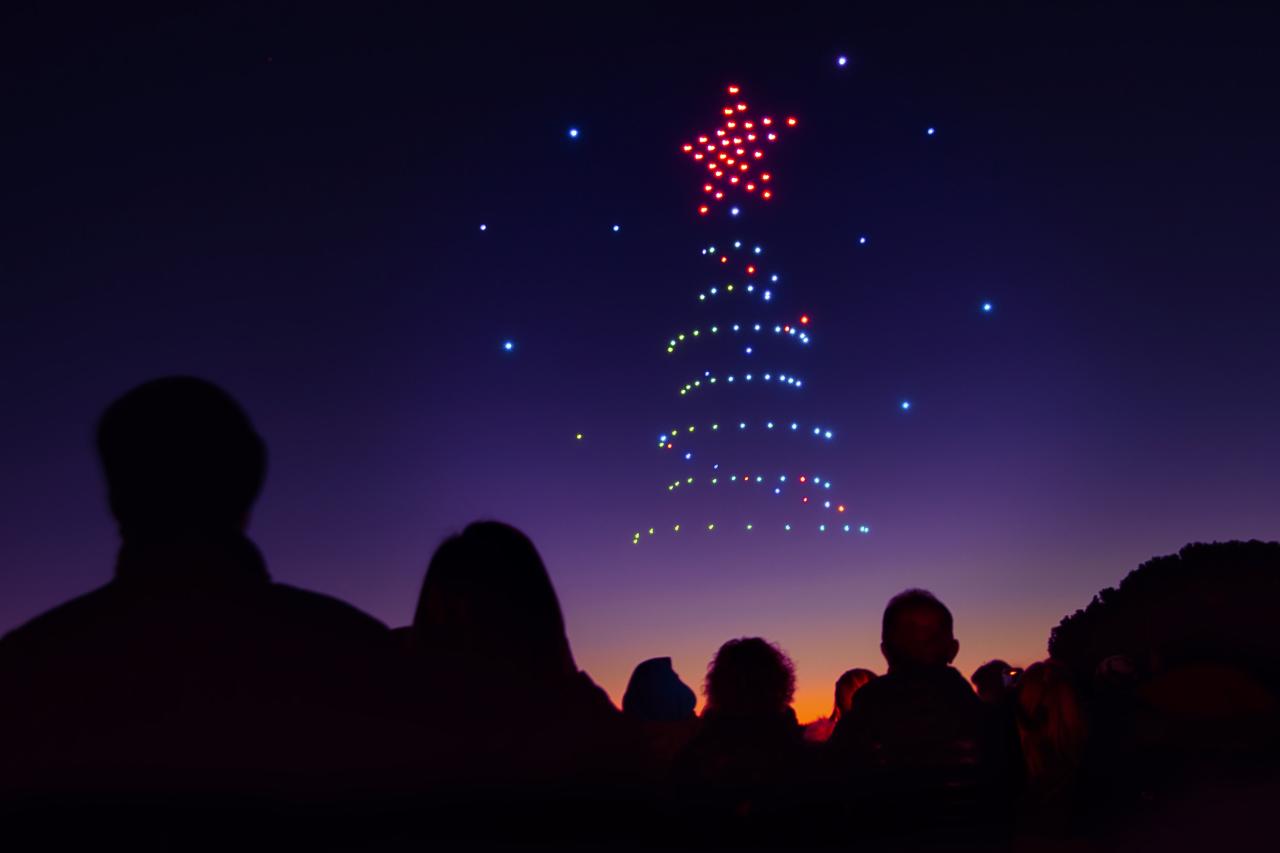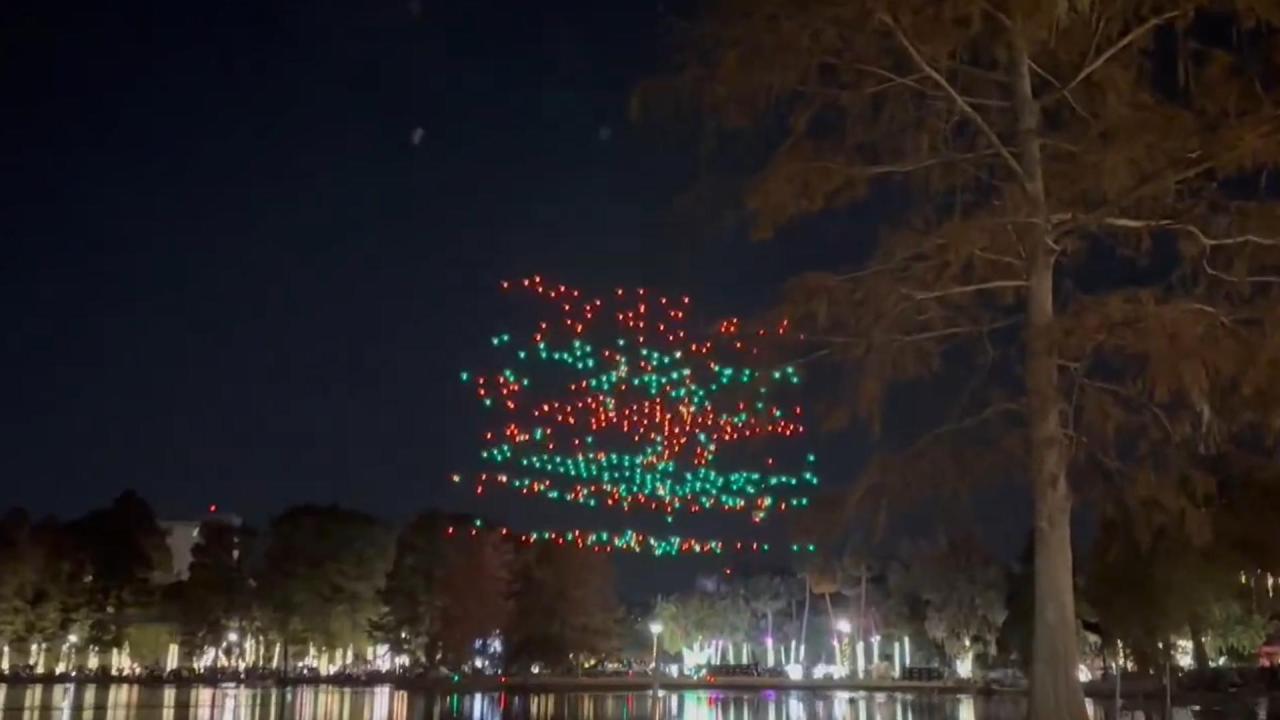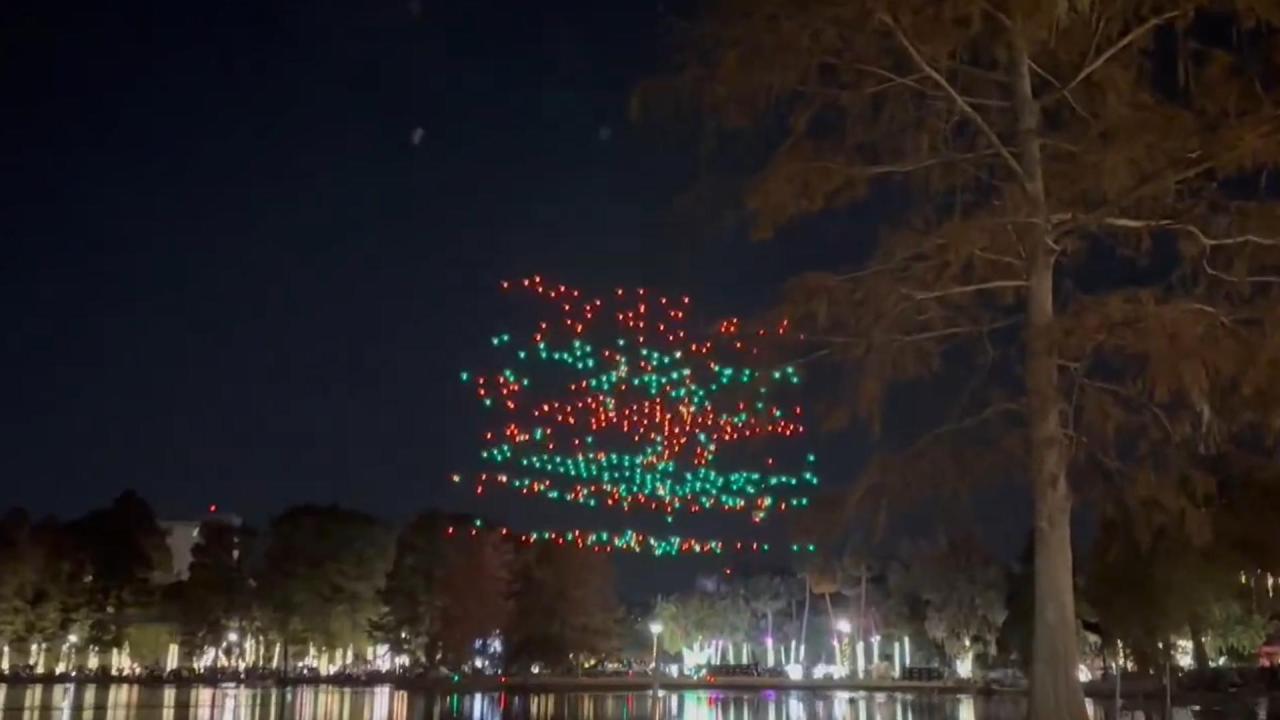Drone show accidents, while relatively infrequent, highlight the inherent risks associated with this increasingly popular form of entertainment. These incidents underscore the need for robust safety regulations, advanced technologies, and rigorous pilot training. This analysis delves into the various facets of drone show accidents, exploring their causes, consequences, and potential preventative measures.
From catastrophic collisions to seemingly minor malfunctions, the spectrum of drone show accidents is surprisingly broad. Understanding the contributing factors—ranging from technological glitches and human error to environmental influences—is crucial for minimizing future risks and ensuring the continued safe enjoyment of these spectacular displays.
Drone Show Accidents: A Comprehensive Analysis
Drone shows, while visually stunning spectacles, present inherent risks. Accidents, though infrequent, can have significant consequences, ranging from minor damage to serious injuries. This analysis explores the various facets of drone show accidents, examining their causes, prevention strategies, and post-accident procedures.
Types of Drone Show Accidents and Their Causes

Drone show accidents manifest in various forms, each with its unique set of contributing factors. Malfunctions can stem from a combination of technical issues, human error, and environmental influences.
- Collisions: Drones colliding with each other or obstacles are a common occurrence, often resulting from GPS inaccuracies, signal interference, or pilot error.
- Falls: Battery failure, motor malfunctions, or strong winds can lead to drones falling from the sky, potentially causing damage to property or injury to people below.
- Fires: Battery overheating or short circuits can ignite fires, especially in densely populated areas, posing a serious safety hazard.
- Software Glitches: Unexpected software malfunctions can lead to erratic drone behavior, causing collisions, falls, or other unforeseen accidents. This is particularly relevant with complex, synchronized flight patterns.
For instance, a severe accident in 20XX involved a collision of multiple drones during a large-scale show, resulting in significant property damage. A less severe incident in 20YY saw a single drone malfunctioning and falling, causing minor damage to a nearby building.
| Accident Type | Frequency (estimated) | Contributing Factors |
|---|---|---|
| Collisions | High | GPS errors, signal interference, pilot error |
| Falls | Medium | Battery failure, mechanical failure, wind |
| Fires | Low | Battery overheating, electrical short circuits |
| Software Glitches | Medium | Software bugs, outdated firmware |
Safety Regulations and Protocols for Drone Shows, Drone show accident
Various countries have implemented regulations to govern drone shows, aiming to minimize risks. These regulations often address aspects like pilot certification, operational permits, and safety protocols.
Recent drone show accidents highlight the need for robust safety protocols. These incidents underscore the complexities of large-scale drone operations, prompting comparisons to other large-scale events requiring precise coordination, such as tracking Santa’s journey, for which you can find the norad santa tracker phone number if you’re curious. Ultimately, lessons learned from these mishaps can improve safety measures for all drone-related activities.
- Regulations: Many countries require drone pilots to obtain specific licenses and permits for operating drones in public spaces, particularly for large-scale events like drone shows. These regulations often include limitations on flight altitude, distance, and operational hours.
- Pre-flight Checks: Thorough pre-flight checks, including battery checks, motor inspections, and GPS verification, are crucial. A detailed pre-flight checklist should be followed meticulously.
- Safety Certifications: Several organizations offer certifications for drone pilots, validating their skills and knowledge. These certifications often involve rigorous training and examinations.
- Safety Procedures: Implementing safety procedures, such as establishing emergency response plans and having multiple backup drones, is essential for mitigating potential risks.
For example, the FAA in the United States has specific regulations for commercial drone operations, including requirements for pilot certification and operational authorization. Similar regulations exist in the EU under the EASA framework.
Technological Factors Contributing to Drone Show Accidents
Technological limitations and malfunctions play a significant role in drone show accidents. Addressing these factors is crucial for improving safety.
| Technological Cause | Likelihood | Mitigation Strategy |
|---|---|---|
| GPS Errors | High | Redundant GPS systems, use of RTK GPS |
| Signal Interference | Medium | Frequency hopping, signal boosters |
| Battery Failure | Medium | High-quality batteries, regular maintenance |
| Software Vulnerabilities | Medium | Regular software updates, robust testing |
Human Error’s Role in Drone Show Accidents

Human error, including pilot mistakes and inadequate training, remains a significant contributor to drone show accidents. Improving pilot training and operational procedures is paramount.
Recent drone show accidents highlight the potential risks associated with even seemingly harmless applications of drone technology. The precision required for these displays is starkly contrasted by the devastating capabilities seen in events like the recent ukraine drone attack on russia , where drones were used for military purposes. Understanding the safety protocols and potential misuse is crucial to prevent future incidents, whether it’s a malfunctioning light show or a targeted strike.
- Pilot Error: Pilot fatigue, poor decision-making, or lack of experience can lead to accidents. Examples include incorrect flight planning, failure to adhere to safety protocols, or inadequate response to emergencies.
- Inadequate Training: Insufficient training can significantly increase the risk of accidents. Pilots need comprehensive training in drone operation, emergency procedures, and risk management.
Similar to aviation, thorough training and ongoing proficiency checks are crucial. The consequences of human error in drone shows, though potentially less catastrophic than in aviation, can still be severe.
Environmental Factors Affecting Drone Show Safety
Environmental conditions significantly influence drone show safety. Adverse weather and environmental obstacles can compromise flight stability and control.
- Strong winds can cause drones to lose control or be blown off course.
- Rain or snow can affect drone visibility and impair sensor functionality.
- Buildings, trees, and other obstacles can lead to collisions.
- Light pollution can interfere with drone navigation systems.
Post-Accident Response and Investigation Procedures
A well-defined emergency response plan and thorough accident investigation are critical after a drone show accident. This ensures accountability and helps prevent future occurrences.
- Emergency Response: Immediate evacuation of the area, securing the scene, and contacting emergency services.
- Accident Investigation: Gathering evidence, including flight logs, drone data, and witness statements, to determine the root cause of the accident.
- Data Logging and Analysis: Analyzing flight data, sensor readings, and other relevant information to identify patterns and contributing factors.
Insurance and Liability in Drone Show Accidents

Comprehensive insurance coverage is crucial for mitigating the financial impact of drone show accidents. Understanding liability is essential for both operators and organizers.
Drone show accidents, while rare, highlight the inherent risks involved in these spectacular displays. The recent incident involving malfunctioning drones underscores the need for rigorous safety protocols. For instance, consider the meticulous planning involved in a successful show like the one detailed on this website, florida drone show , which emphasizes the importance of pre-flight checks and contingency plans to mitigate potential accidents.
Ultimately, preventing future drone show accidents requires a multi-faceted approach encompassing technology and robust operational procedures.
- Insurance: Liability insurance protects against financial losses resulting from accidents, including property damage and personal injury.
- Liability: Drone operators and show organizers are liable for accidents caused by negligence or failure to adhere to safety regulations.
Future Prevention Strategies for Enhanced Drone Show Safety
Continuous improvement in technology, training, and safety protocols is necessary to further enhance drone show safety.
- Innovative Technologies: Development of more robust drone systems with enhanced redundancy and fault tolerance.
- Improved Communication Systems: Implementing reliable communication systems between drones and ground control stations to ensure real-time monitoring and control.
- Enhanced Pilot Training: More rigorous and comprehensive training programs that incorporate advanced simulation and risk management techniques.
- Proposed Safety System: A centralized, AI-powered system monitoring all drones in real-time. This system would incorporate GPS data, sensor readings, and weather information to predict and prevent potential collisions and malfunctions. It would also alert ground control of any anomalies, enabling prompt intervention. The system would integrate with a comprehensive emergency response protocol, automatically initiating appropriate actions in case of accidents.
Ultimately, preventing drone show accidents requires a multifaceted approach. Stringent safety regulations, advanced technological safeguards, comprehensive pilot training, and thorough post-accident investigations are all essential components. By proactively addressing these areas, we can strive to minimize the risks and ensure that drone shows remain a safe and captivating form of entertainment for years to come. The future of drone shows hinges on a commitment to continuous improvement and a relentless pursuit of safety.
Commonly Asked Questions
What is the most common cause of drone show accidents?
While varied, human error, including inadequate training and poor decision-making, frequently contributes significantly to drone show accidents.
What type of insurance is recommended for drone show operators?
Comprehensive liability insurance that covers property damage, injury, and potential legal costs is strongly recommended for all drone show operators.
Are there international standards for drone show safety?
While not fully standardized internationally, many countries are developing and implementing their own regulations, often based on guidelines from organizations like the FAA (in the US) and EASA (in Europe).
What is the role of data logging in accident investigations?
Data logging from the drones themselves provides crucial information about flight parameters, system performance, and potential malfunctions, greatly aiding in determining the root cause of an accident.
